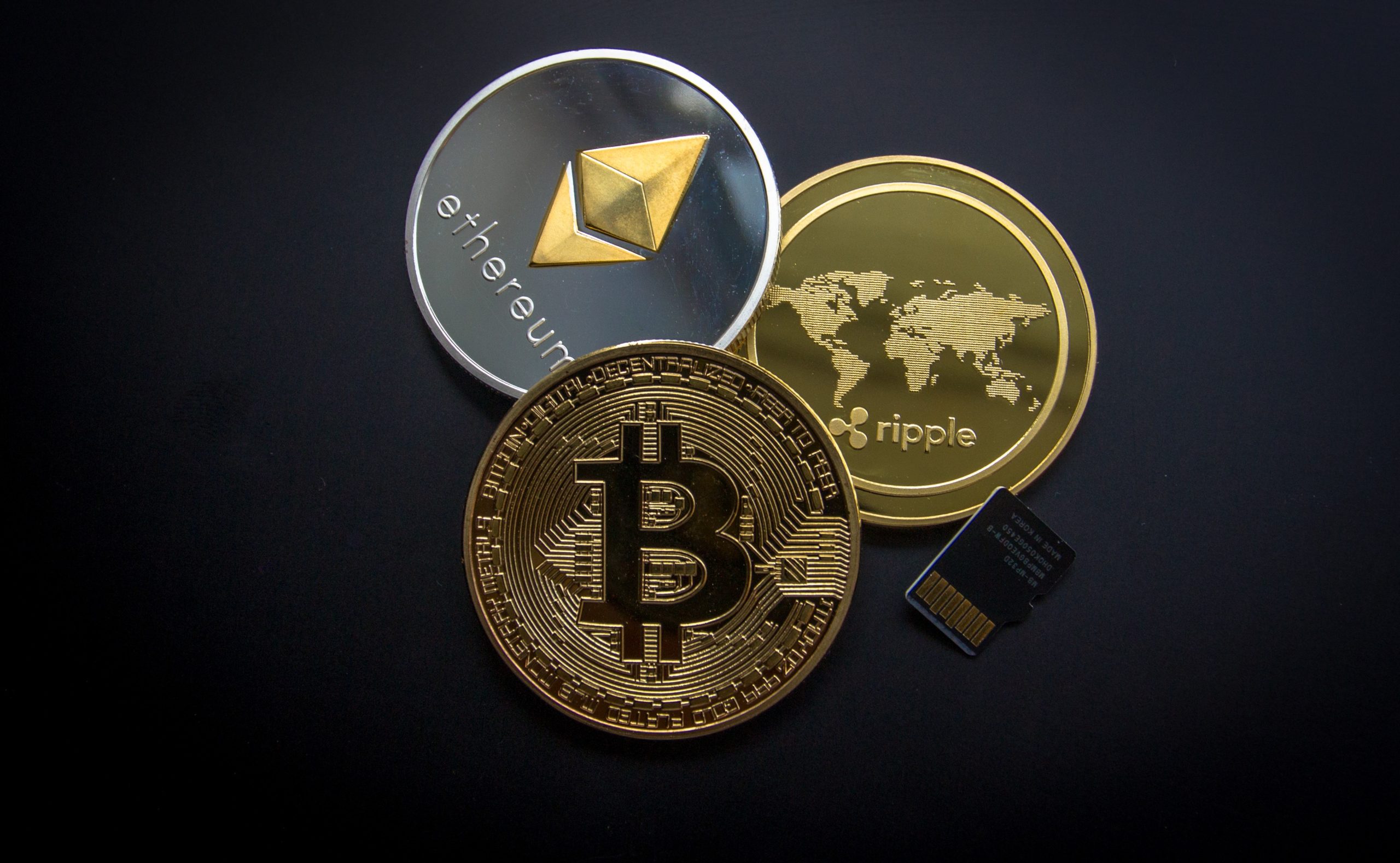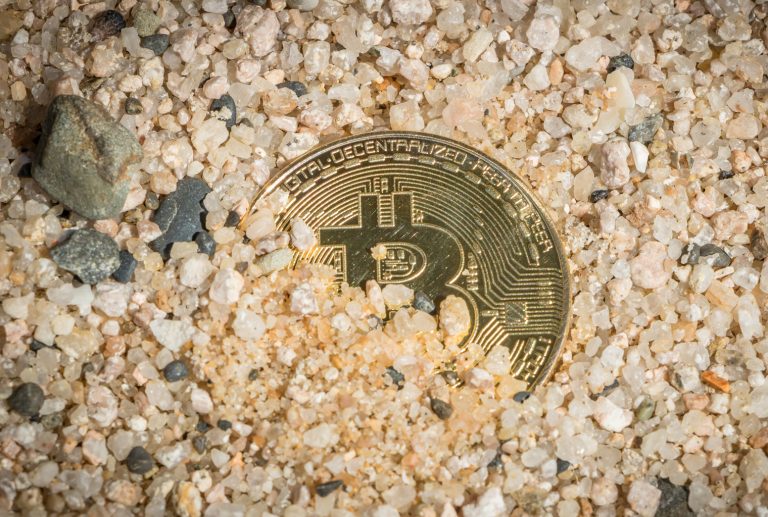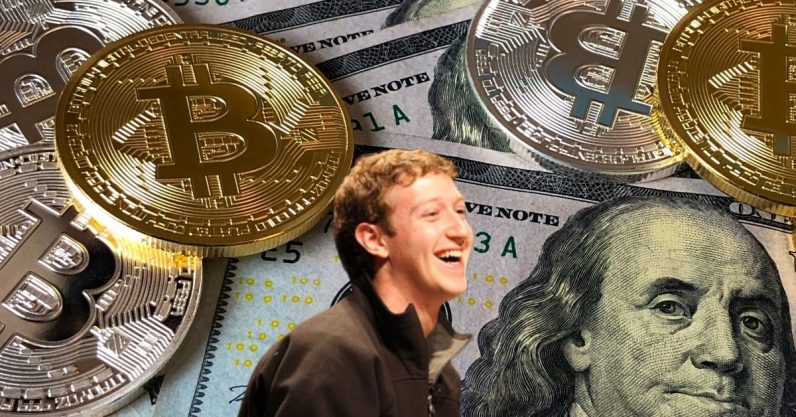2020-7-9 00:00 |
Sustainability is a conversation that many seem to prefer to avoid with regard to currency and commerce, but the environmental ramifications of producing currency are shockingly profound.
In fact, the sustainability of money is a hot topic that’s inspired many heated debates and in-depth research reports. Most currency used today—whether it’s physical fiat currency like paper money and coins or a digital asset like cryptocurrency—is not eco-friendly. The long-term impact from producing these currencies holds startling consequences for our planet.
In theory, cryptocurrency is meant to avoid some of these environmental consequences because these are digital assets by design. However, depending on the specific digital asset, the energy consumption required to produce it varies wildly.
Below we’ll examine two main mechanisms for implementing cryptocurrency—Proof-of-Work mining and Consensus—and assess the environmental impact of each. As adoption increases, industry leaders will need to move quickly to implement best practices and technology that reduce energy consumption to ensure our future for tomorrow.
Proof-of-Work Mining
The Proof-of-Work algorithm underlies Bitcoin and is used to validate transactions within its blockchain and to create and distribute new coins. As a mechanism, or algorithm, Proof-of-Work requires mining, an incredibly energy-intensive process. Miners compete against each other to solve complex computational puzzles—a process that consumes large amounts of energy.
On average, one application-specific integrated circuit (ASIC) device designed for the sole purpose of mining digital currency can have an environmental cost of $1,500 a year—a high-performing miner may rack up as much as $6,000.
A 2018 study discovered that the hundreds of thousands of computers that work 24 hours a day to solve cryptographic puzzles and earn Bitcoin consumed 1.5 times the yearly energy consumption of Ireland.
As these puzzles grow more complex, the computational power and energy required to solve them increases. This burdensome drain on energy sources truly highlights the negative impact Proof-of-Work mining has on the environment and the need for more sustainable practices.
Consensus Mechanism
Consensus is a procedure that allows for a common agreement to be formed around which transactions are executed in order. This is referred to as the double-spend problem and one that Proof-of-Work mining constantly works to achieve while expending much energy in the process.
The XRP Ledger (XRPL) confirms transactions through a unique Consensus mechanism that consumes negligible energy. The XRPL utilizes a distributed agreement protocol which establishes super-majority agreement, or consensus, around a given transaction. In effect, the Consensus that governs transactions of the digital asset XRP solves for the “double spend” problem without the need for energy intensive Proof-of-Work mining.
XRP and Environmental Sustainability
As a digital asset itself, XRP was designed with sustainability in mind; it is an inherently green currency. All XRP is already in existence, meaning no unsustainable mining practices or additional energy is ever required to produce more, unlike other digital assets like Bitcoin and Ethereum.
The unsustainable mining practices and Proof-of-Work mechanism behind Bitcoin and Ethereum are massive barriers for the more widespread adoption of cryptocurrencies. But not all blockchains are made equally. For example, for every 1 million transactions, XRP could power 79,000 lightbulb hours. In contrast, for every 1M transactions, Bitcoin could power 4.51 billion lightbulb hours. This means that the energy consumption of XRP Is 57,000x more efficient.
Energy consumption is a critical side effect of blockchain, and as we see greater adoption and usage of this new technology across the global financial system, it’s one topic that needs to be addressed to help ensure a sustainable future for our planet and the global economy.
To learn more about why XRP is one of the most eco-friendly currency options available today, listen to the latest episode of Ripple’s Block Stars podcast.
The post The Environmental Impact: Cryptocurrency Mining vs. Consensus appeared first on Ripple.
origin »Universal Currency (UNIT) на Currencies.ru
|
|














